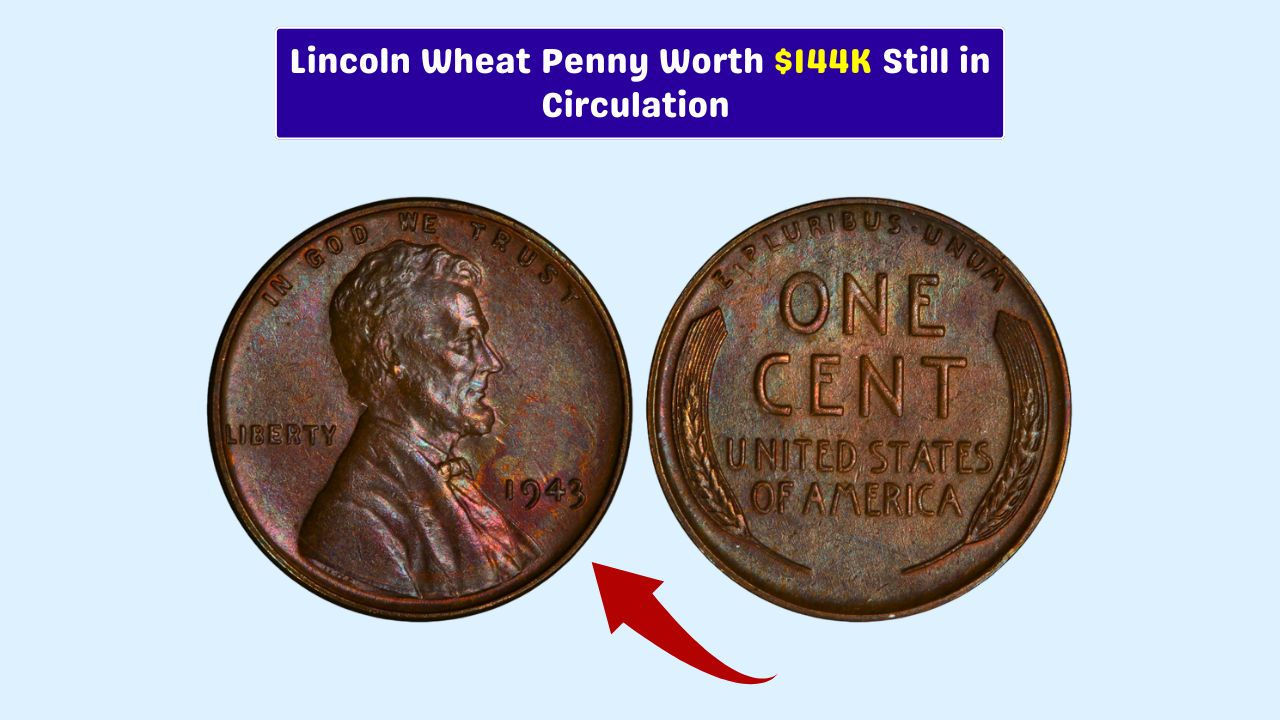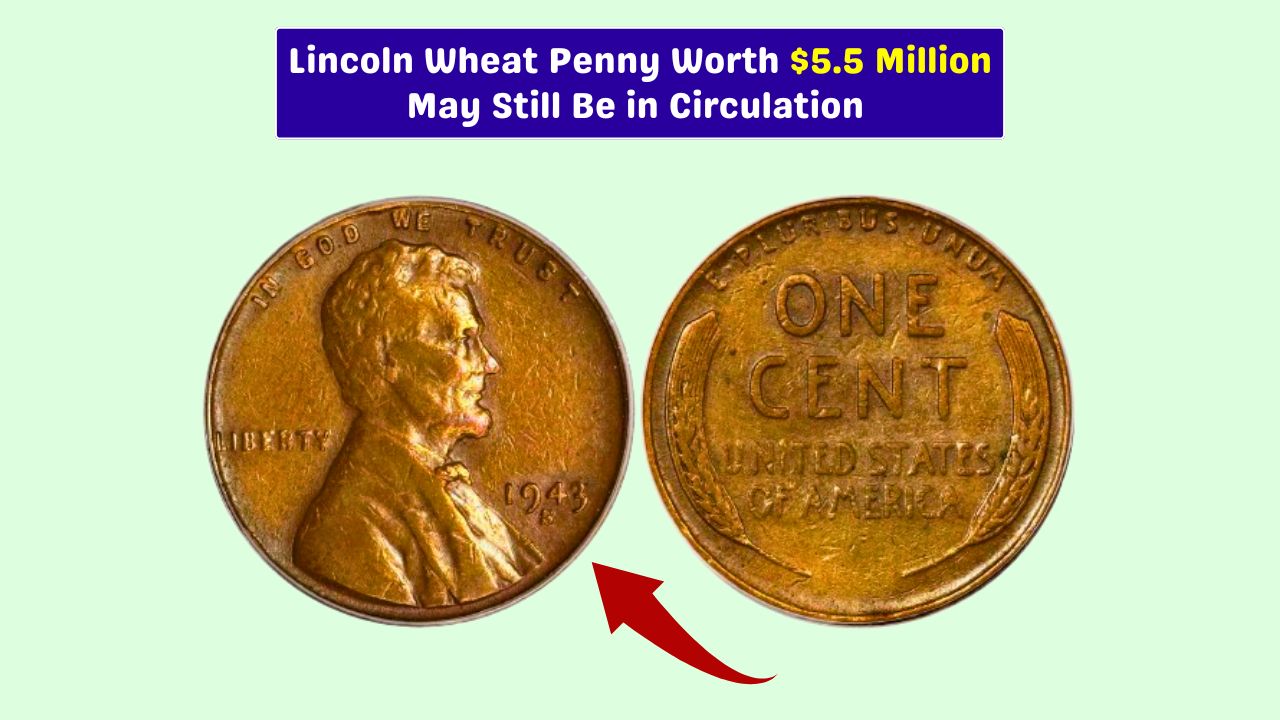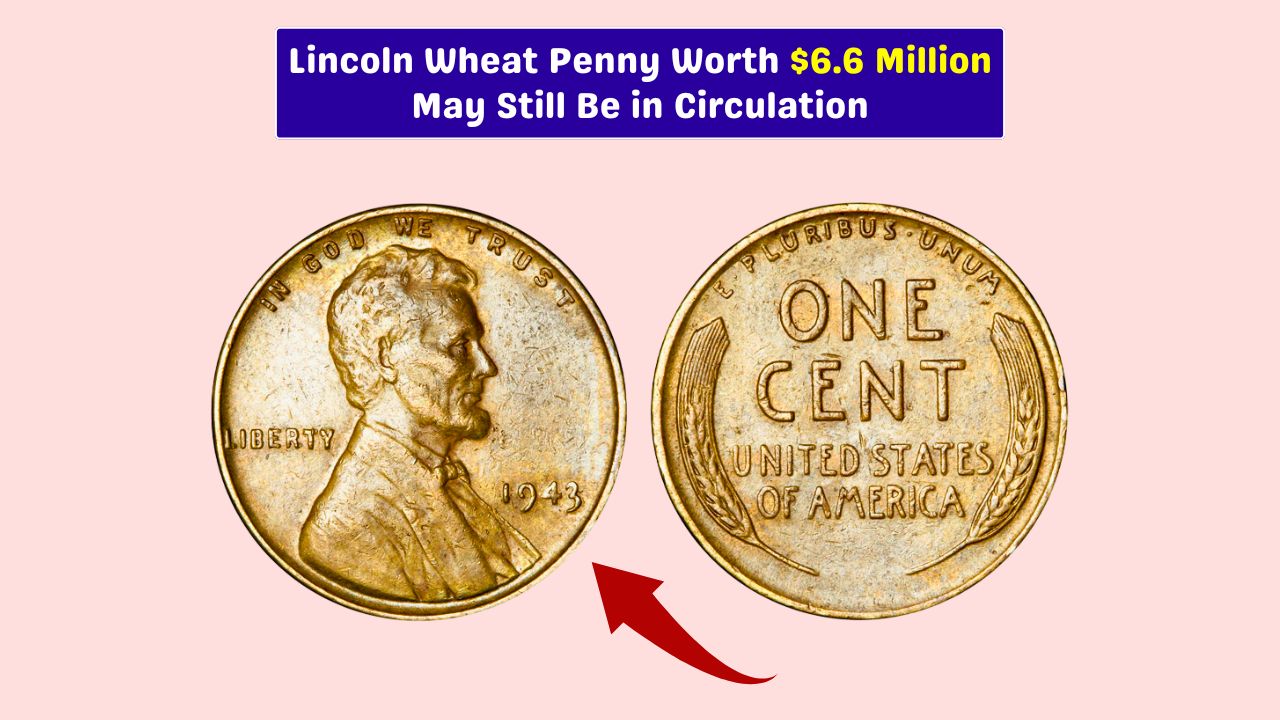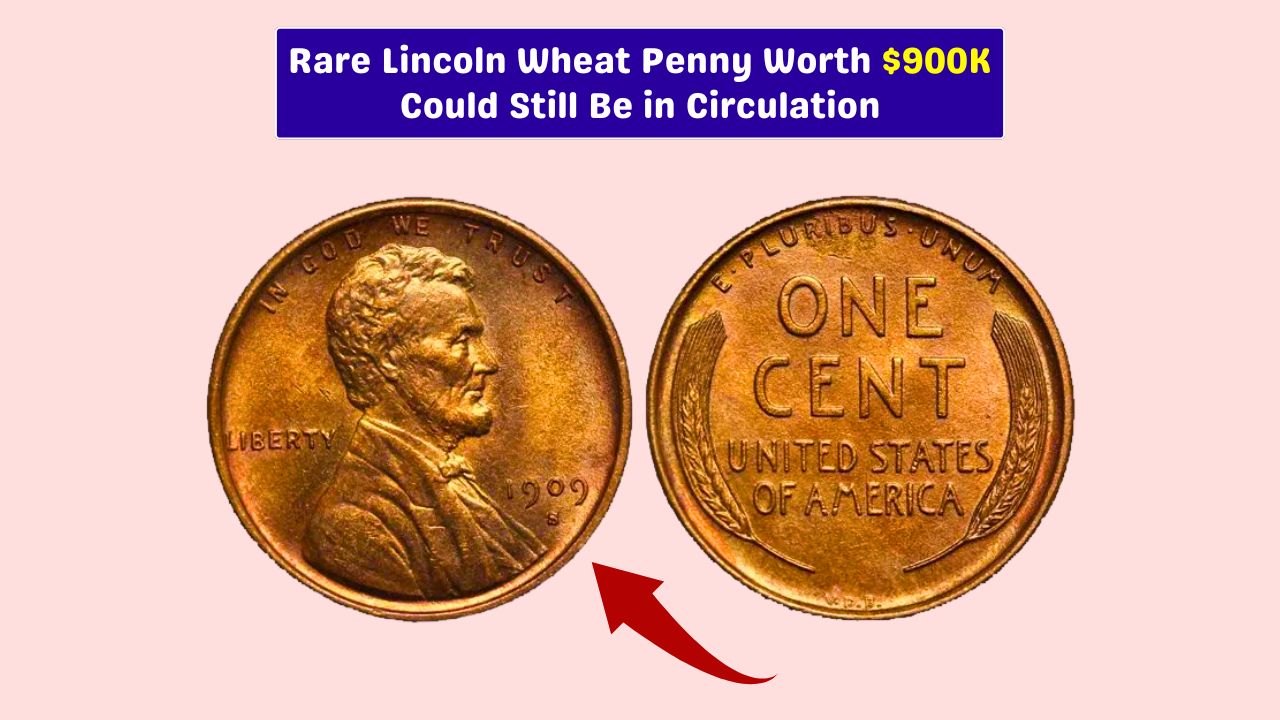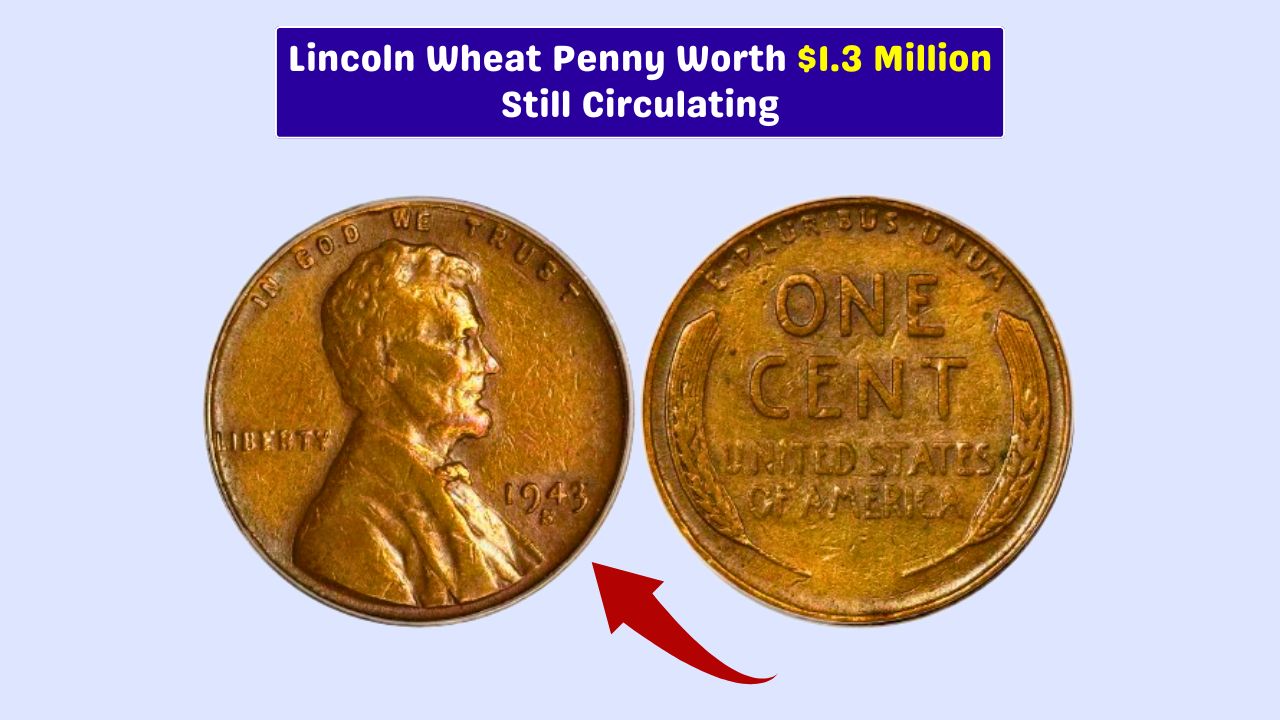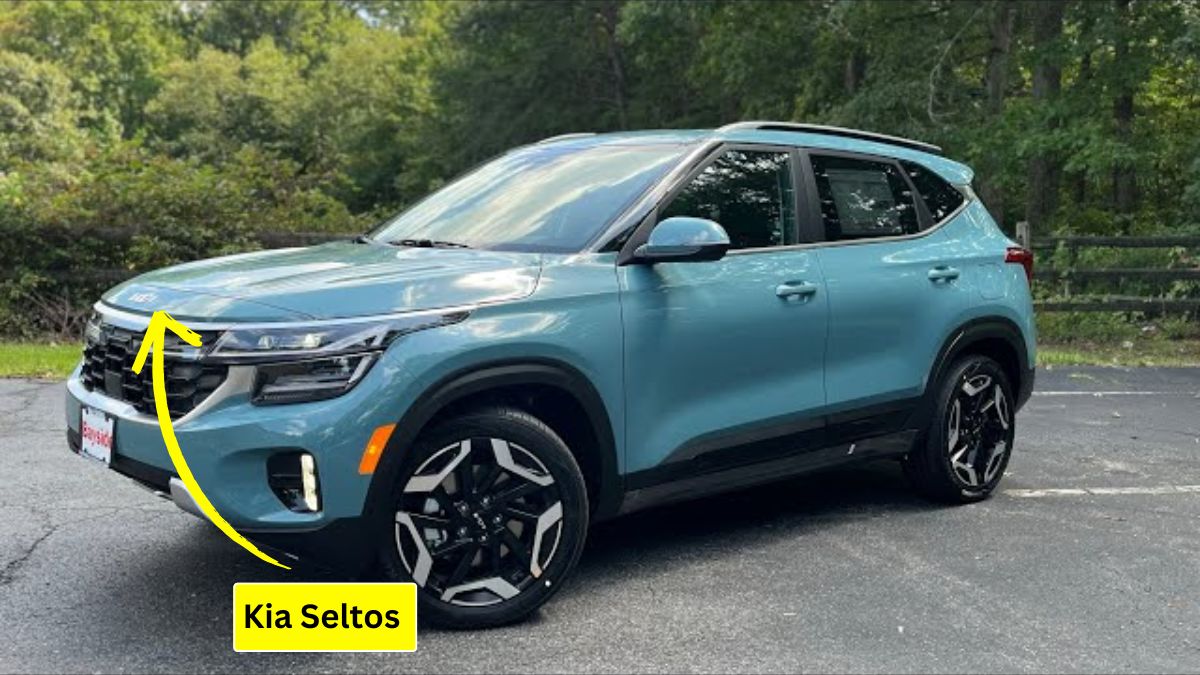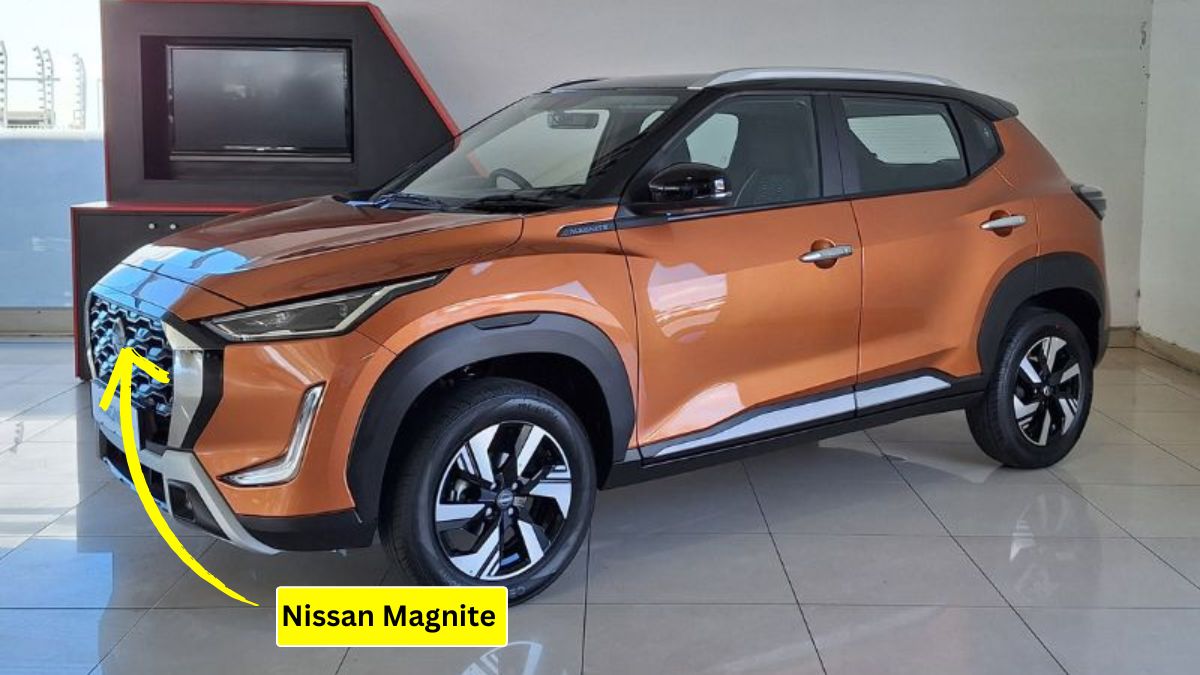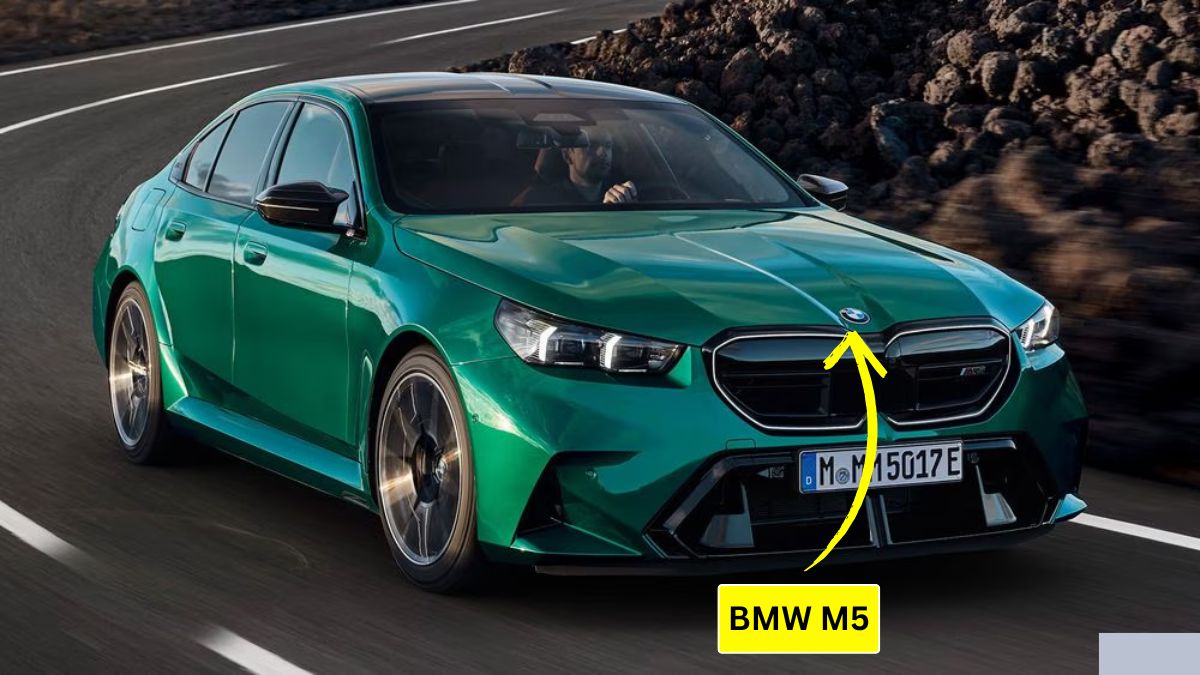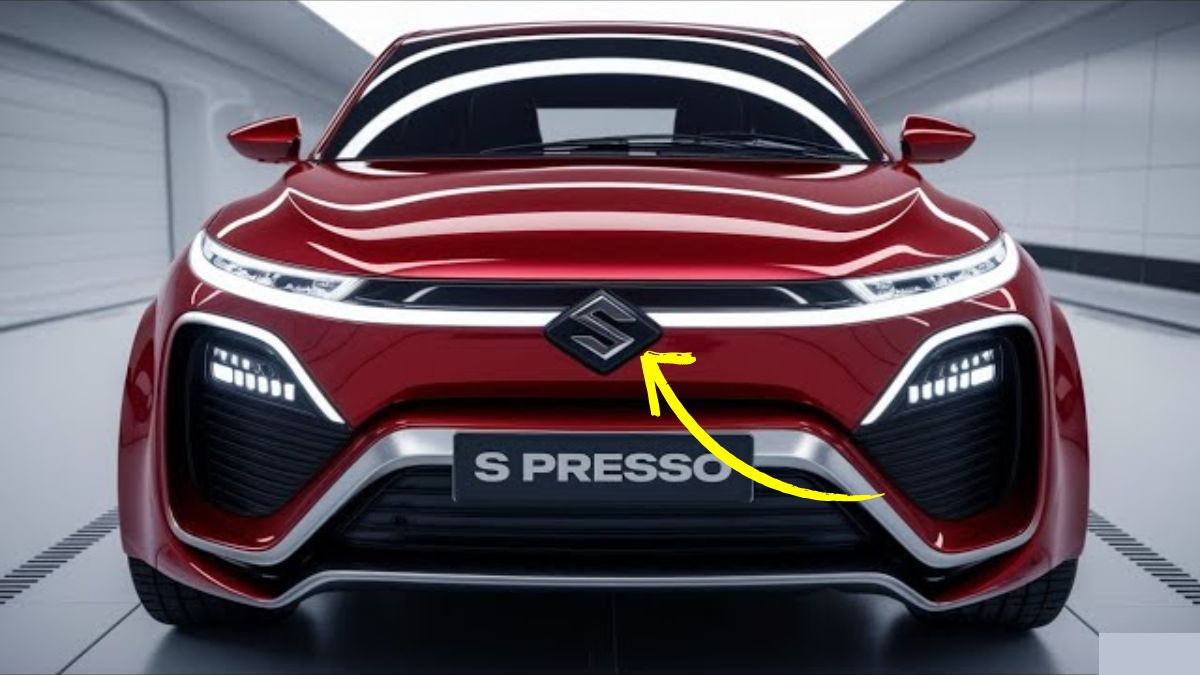Have you ever casually glanced at your spare change and wondered if any of those coins are actually worth a fortune? Well, here’s a jaw-dropper: a tiny U.S. coin called the 1943 Lincoln Wheat Penny just sold for ₹1.2 crore (around $144,000)!
And guess what? It’s still possible for one of these rare pennies to show up in your pocket change.
Let’s break down what makes this coin so valuable, how you can spot it, and where you might stumble upon one.
History
The Lincoln Wheat Penny, also known as the Wheat Cent, was introduced in 1909 to honor Abraham Lincoln’s 100th birthday. It was the first U.S. coin to feature a real person’s face and ran until 1958. The reverse side of the coin has two wheat stalks, giving it its name.
These coins are common in the U.S., but some rare versions, like the 1943 copper penny, are the ones that send collectors into a frenzy.
Rarity
So, why is a single penny worth more than a luxury car?
In 1943, during World War II, the U.S. Mint switched from copper to steel for penny production to conserve copper for ammunition and other military needs.
But a few copper blanks accidentally got mixed in during the minting process. These copper pennies from 1943 are now incredibly rare—only a few dozen are known to exist.
That’s why one recently fetched $144,000 at auction.
Detection
Now, here’s how you can figure out if you’ve got a golden (well, copper) ticket sitting in your piggy bank.
| Feature | What to Look For |
|---|---|
| Year | 1943 |
| Material | Copper (reddish tone) |
| Magnet Test | Won’t stick to a magnet |
| Errors | Double dates, faded designs |
| Condition | Sharper details mean more value |
Most 1943 pennies are made of zinc-coated steel and will stick to a magnet. But copper ones won’t—so a simple magnet can help you spot a potential treasure.
Sources
You could actually find one of these gems in the most unexpected places. Check your old piggy banks and change jars. You might find one in pocket change from stores or in coin collections handed down from grandparents.
Flea markets, garage sales, thrift shops, and antique stores are also good places to look. Some collectors even stumble upon them while browsing through coin dealer bins or small local auctions. The best part? Most people don’t even know they might be carrying one.
Actions
If you find a suspicious 1943 penny, don’t spend it. It’s not just a penny anymore. Keep it safe and avoid cleaning or polishing it because that can lower its value.
Authenticate it with a certified coin appraiser and compare it with verified examples online using trusted numismatic resources.
If it turns out to be the real thing, you can sell it smartly via online marketplaces, coin auctions, or directly to collectors.
Sometimes, life-changing opportunities really do come in small packages. This humble penny proves just that. While the odds are slim, they’re not zero—and for coin collectors, dreamers, and casual savers alike, it’s worth taking a second look at every coin you come across.
Happy hunting—you never know when your pocket change could turn into a crore.
FAQs
What is a 1943 Wheat Penny?
It’s a U.S. penny minted during WWII, usually in steel.
Why is the copper 1943 penny rare?
Only a few were mistakenly made in copper instead of steel.
How do I test if it’s copper?
Use a magnet—copper pennies won’t stick to it.
Where can I sell a rare penny?
Online auctions, coin dealers, or collector forums.
Can I still find one today?
Yes, though rare, they occasionally show up in circulation.

